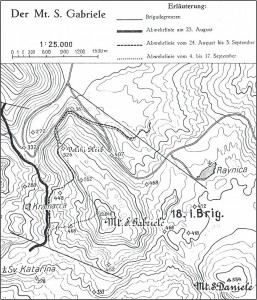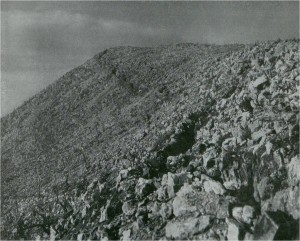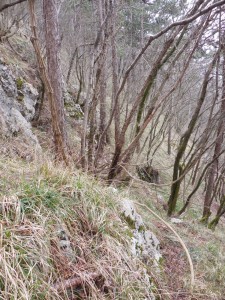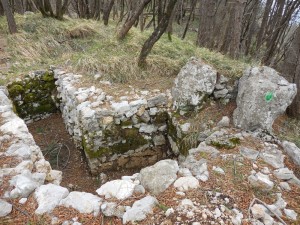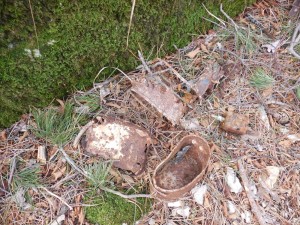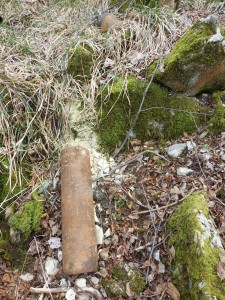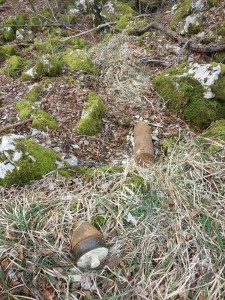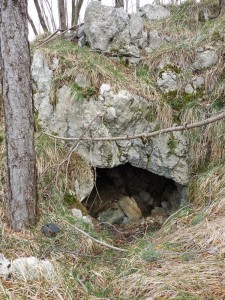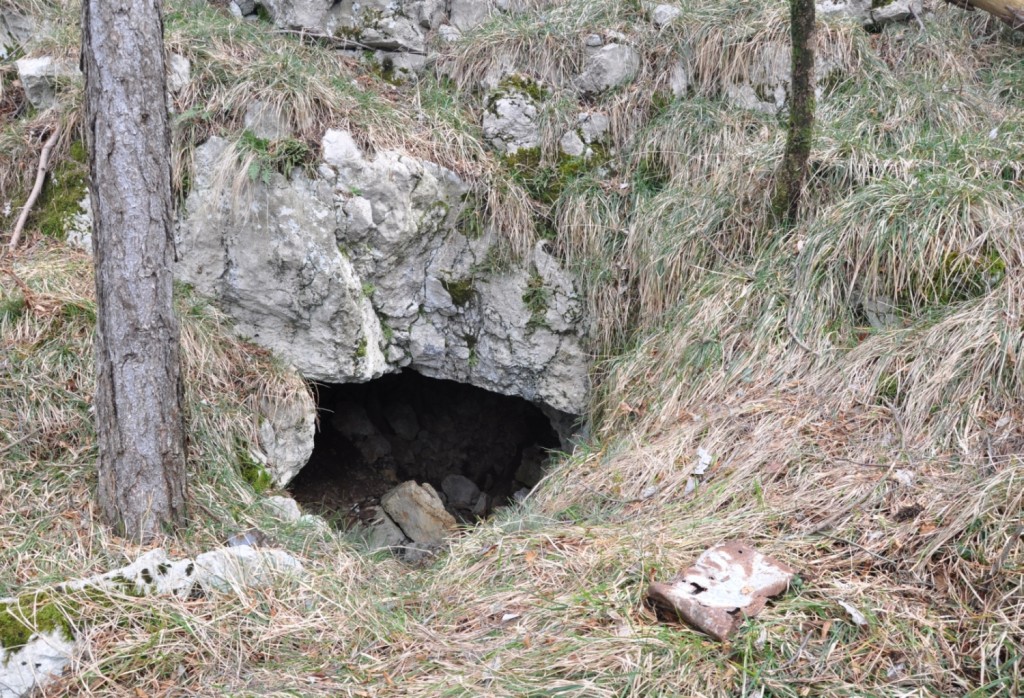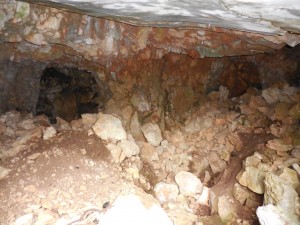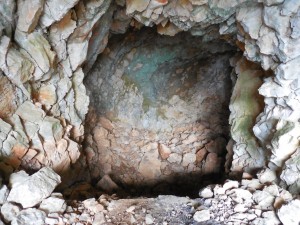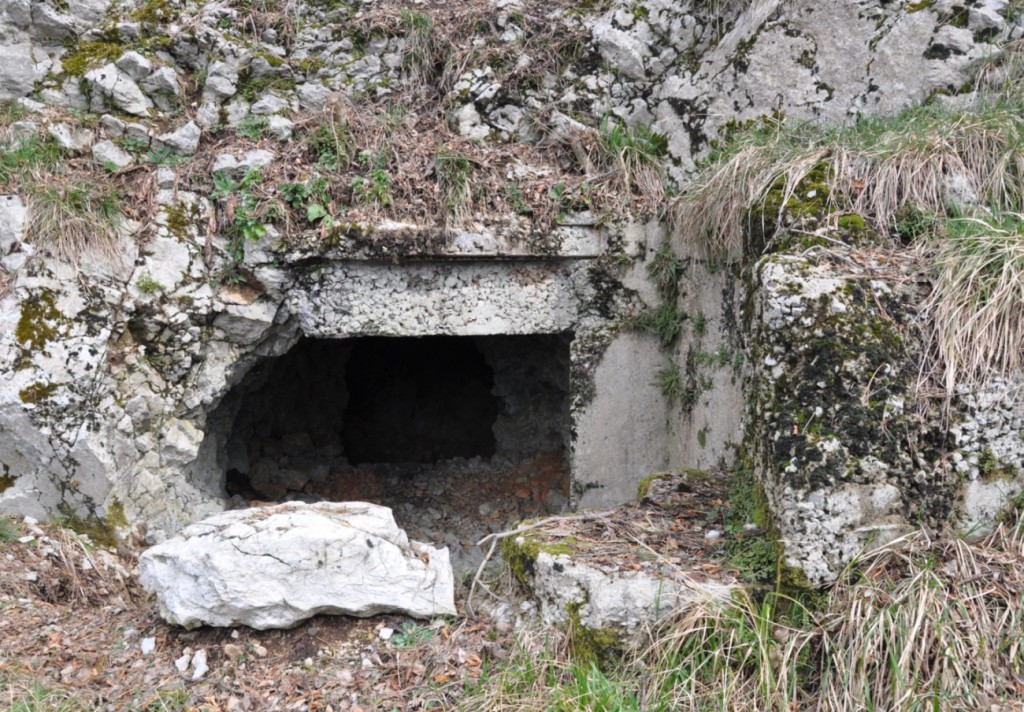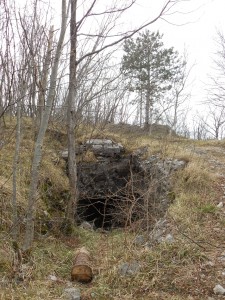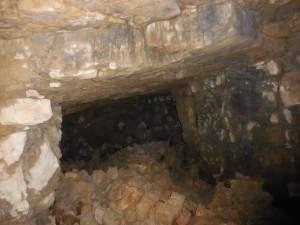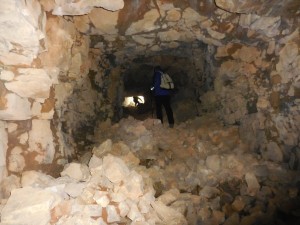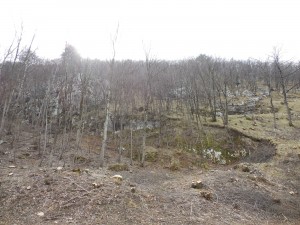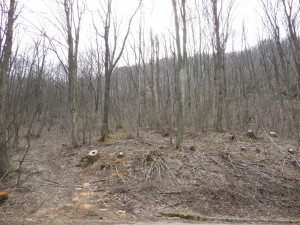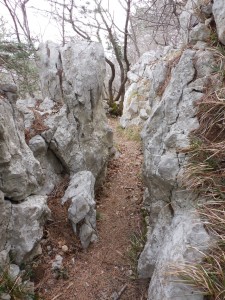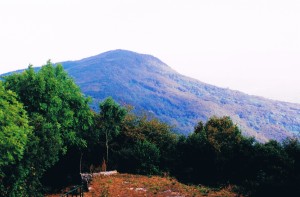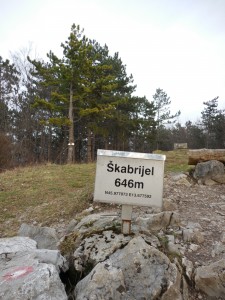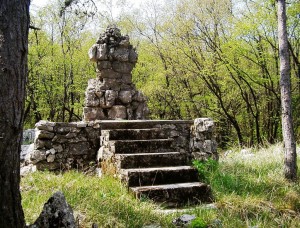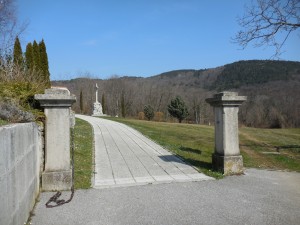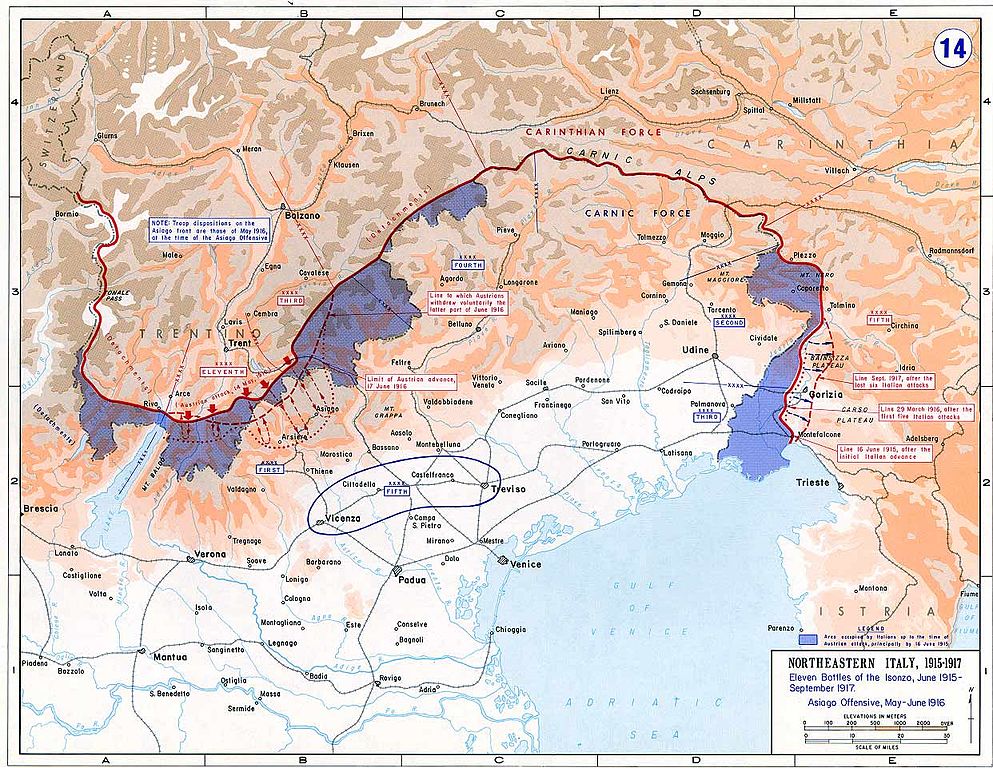
Meanwhile fighting had been raging on the south eastern front along the Isonzo river since the summer of 1915. Troops were even sent from the Trentino front to take part in the 10th battle of the Isonzo in the spring of 1917, but were later repatriated in anticipation of an Italian attack. Indeed, it was the intention of the Italian Chief of Staff Cadorna to secure his western front before embarking on another offensive in the east. But he failed to dislodge the Trentino defenders, and soon afterwards started the large-scale withdrawal of his troops from the valleys below. This did not escape the Austro-Hungarians’ notice: another offensive was in preparation.
The 11th battle of the Isonzo took place from 19 August to 12 September 1917 on a front stretching from Tolmino to the Adriatic Sea. The Italians’ focus of attack was the Bainsezza Plateau, with the aim of breaking through the Austro-Hungarian lines, isolating the stronghold of Monte Hermada and capturing the strategic Monte San Gabriele. By 24 August the latter had become the focal point of the battle, with the amount of Italian artillery brought to bear on it increasing by the day until, alongside light artillery, no less than 700 medium-sized and heavy guns, along with around 100 mortars had been assembled. General Cadorna describes this build-up in his memoirs as “in relation to the extent of the target area, the highest concentration of firepower of the whole war”.
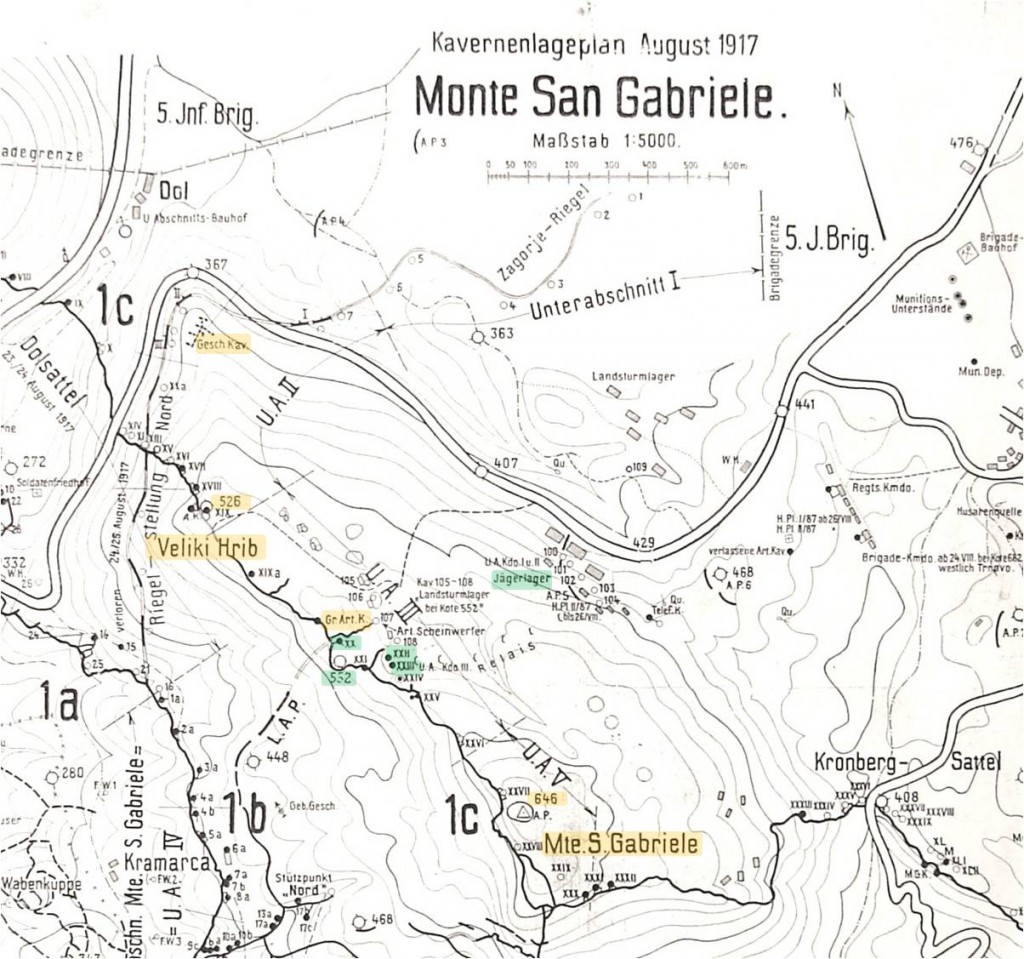
It was around this time that Major Kolbe found himself on the north eastern flank of Monte San Gabriele, having been rushed over a few days earlier from Trentino with battalions of the 50th Infantry Regiment. Holding Monte San Gabriele for the Austrians and its capture for the Italians had become crucial to the outcome of the battle. By 29 August the Italians had captured Veliki Hrib, a high point to the north west of Monte San Gabriele at altitude 526 and dangerously near the summit. It was against this position that battalion I/50 was ordered to lead the counter attack on the following night, but having spent the previous year in positional warfare, it was not battle ready and was pushed back. By 31 August the Italians had enlarged their position around Veliki Hrib and had almost reached altitude 552, the last strategic point below the summit. More troops, including battalions II/50 and III/50, were sent to recapture the lost ground but were unsuccessful. Watching the battle rage at a terrible cost in soldiers’ lives from the relative safety of a *cavern, where he had been ordered to remain in reserve, must have been a harrowing and frustrating experience for Josef Kolbe. Finally on the morning of 1 September he could stand his enforced inactivity no longer and, ignoring orders, threw himself into the thick of the battle between the summit of Monte San Gabriele and Veliki Hrib, taking over command of the forces still standing on the position and reinforcing them with part of his V/50 battalion.
In the meantime on 31 August Corporal Dumitru Ciumbrudean, a telephone operator attached to the 50th Infantry Regiment who had already seen action in Trentino, had been ordered to follow the forward troops up Monte San Gabriele to lay telephone lines. Amidst the death and destruction he witnessed on the mountain he became separated from his team and had the relative fortune to stumble into cavern XX, under the command of Josef Kolbe. He was able to shelter for the night in what his fellow soldiers called the “mouth of hell”, but was not spared being thrown into battle the following day by Major Kolbe, who brushed aside his protestations that he was a mere telephone operator with the irrefutable argument that what was needed now was hands, not to lay telephone lines, but to throw grenades!

In later life Josef Kolbe would paint a grim picture of the scene:
“For those who do not know what Monte San Gabriele was like at the time of the 11th battle of the Isonzo, it should be noted that its expanse of roughly 1000m was a desert of rocks without shelter, without provisions, without water, at times without ammunition – a field of corpses, overlooked and shot over from all sides. The mass firing and gas attacks from the artillery and planes lasted 200 hours, 260,000 men stormed over the whole area which covered only a few kilometres, 50 to 60,000 dead and wounded Italians lay before the front. The enemy artillery shot accurately and had at their disposal abundant ammunition, excellent shelter, caverns, provisions, water and tools. Courageously led storm waves came crashing into our lines, but their striving was in vain, the fatalities of the Italian army for nothing. In our army I witnessed heroism, sacrifice, true performance of duty and courageous deaths. I lay down my sword before these men. No book can justly portray the fighting, against reality everything is but patchwork.”
The historian Mark Thompson would no doubt disagree with Major Kolbe’s description of the Italian army’s conditions; there was extreme hardship and privation on both sides. I wonder if it was any consolation to POW Kolbe that the Italian attack petered out on 12 September and that Monte San Gabriele, though temporartily lost, and Monte Hermada remained in Austro-Hungarian hands after the battle? Futhermore, according to Mark Thompson, “the strategic significance of the 11th battle is that it forced Germany to pay urgent attention to the Italian front for the first time. The German Supreme Command realised that further loss of ground would lead to the loss of Trieste, which held the key to Austria’s economic independence. ‘Trieste must therefore be saved, with German help if not otherwise.’”
Monte San Gabriele – 100 years on
*Caverns on the Isonzo refer to the large man-made caves, bored and blasted into the limestone behind the front and held by the reserve troops during engagements, from which they only emerged in the event of the enemy breaking through the front line.
Von Front zu Front, Przemysl-Isonzo=24.000 Kilometer, Robert Bertold
Sources:
Österreich-Ungarns Letzter Krieg 1914-1918 http://honsi.org/literature/svejk/dokumenty/oulk/
Monte San Gabriele, die Isonzofront 1917, Vasja Klavora
Isonzo 1915-1917, Krieg ohne Wiederkehr, Walther Schaumann and Peter Schubert
Jurnal de Front, Dumitru Ciumbrudean
The White War, Life and Death on the Italian Front 1915-1919, Mark Thompson
Battle reports of the 50th Infantry Regiment Kobarid (Caporetto) Museum: http://www.kobariski-muzej.si/eng
Solkan (ex Sollingen) War Museum: http://www.potmiru.si/eng/vojni-muzej-solkan
AustriaN Newspapers Online: http://anno.onb.ac.at

